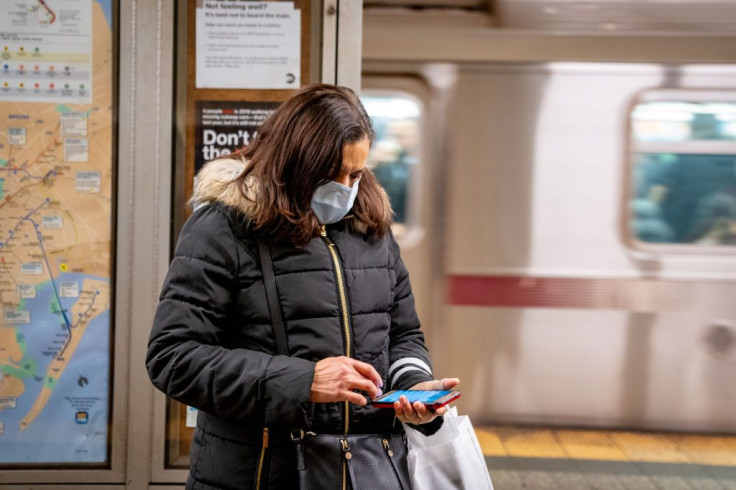A respiratory health expert recently explained how the novel coronavirus affects the lungs of a person who gets COVID-19. According to respiratory physician John Wilson, unlike typical pneumonia which affects only small parts of the lungs, COVID-19 affects all of the lungs.
X-ray images of a 44-year-old Chinese man who succumbed to COVID-19 show how the novel coronavirus ravages one’s respiratory system, particularly the lungs, through an abnormality called “ground glass opacity.” Released by the Radiological Society of North America, the scans of the coronavirus victim show white patches in the lower corners of his lungs, indicating the abnormality characterized by the partial filling of air spaces.
The X-ray images also show how the fluid that took up the spaces in the man’s lungs became more pronounced over time—an event that is also evident in SARS (severe acute respiratory syndrome) and MERS (Middle East respiratory syndrome) patients.
The same abnormality was observed in the scans of another COVID-19 patient, a 54-year-old woman who traveled to Wuhan, China, sometime in January. After suffering from flu-like symptoms like fever, cough, fatigue, and chest congestion for a week, she was diagnosed with severe pneumonia and tested positive for COVID-19. Her scans also show white patches, with the left upper lobe of her lung characterized by a reversed halo sign.
According to respiratory specialist Prof. John Wilson, almost all of the serious consequences of COVID-19 feature pneumonia. Those who catch the disease can be placed into four broad categories, the largest of which include those who develop extreme flu-like symptoms. Wilson explained that when a person with COVID-19 develops a cough and fever, that’s an indication that the infection has already reached the respiratory tree—the air passages that conduct air between the lungs and the outside.
“The lining of the respiratory tree becomes injured, causing inflammation,” said Wilson. “This, in turn, irritates the nerves in the lining of the airway. Just a speck of dust can stimulate a cough. But if this gets worse, it goes past just the lining of the airway and goes to the gas exchange units, which are at the end of the air passages. If they become infected they respond by pouring out inflammatory material into the air sacks that are at the bottom of our lungs,” he added.
Wilson said that if the air sacks become inflamed, it leads to an outpouring inflammatory material into the lungs, causing pneumonia. When this inflammatory material fills the lungs, the lungs become unable to get sufficient oxygen to the bloodstream, reducing the body’s ability to take in oxygen and release carbon dioxide. “That’s the usual cause of death with severe pneumonia,” he explained.

© 2025 Latin Times. All rights reserved. Do not reproduce without permission.



